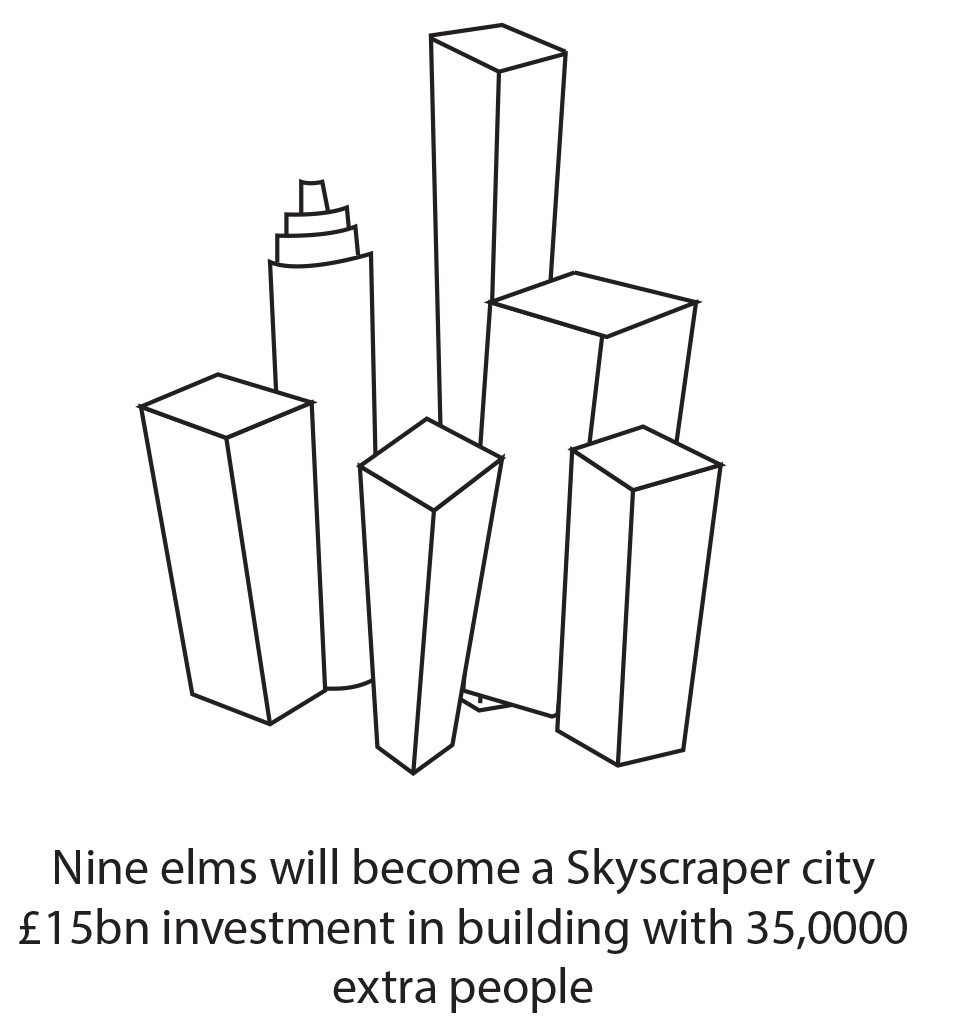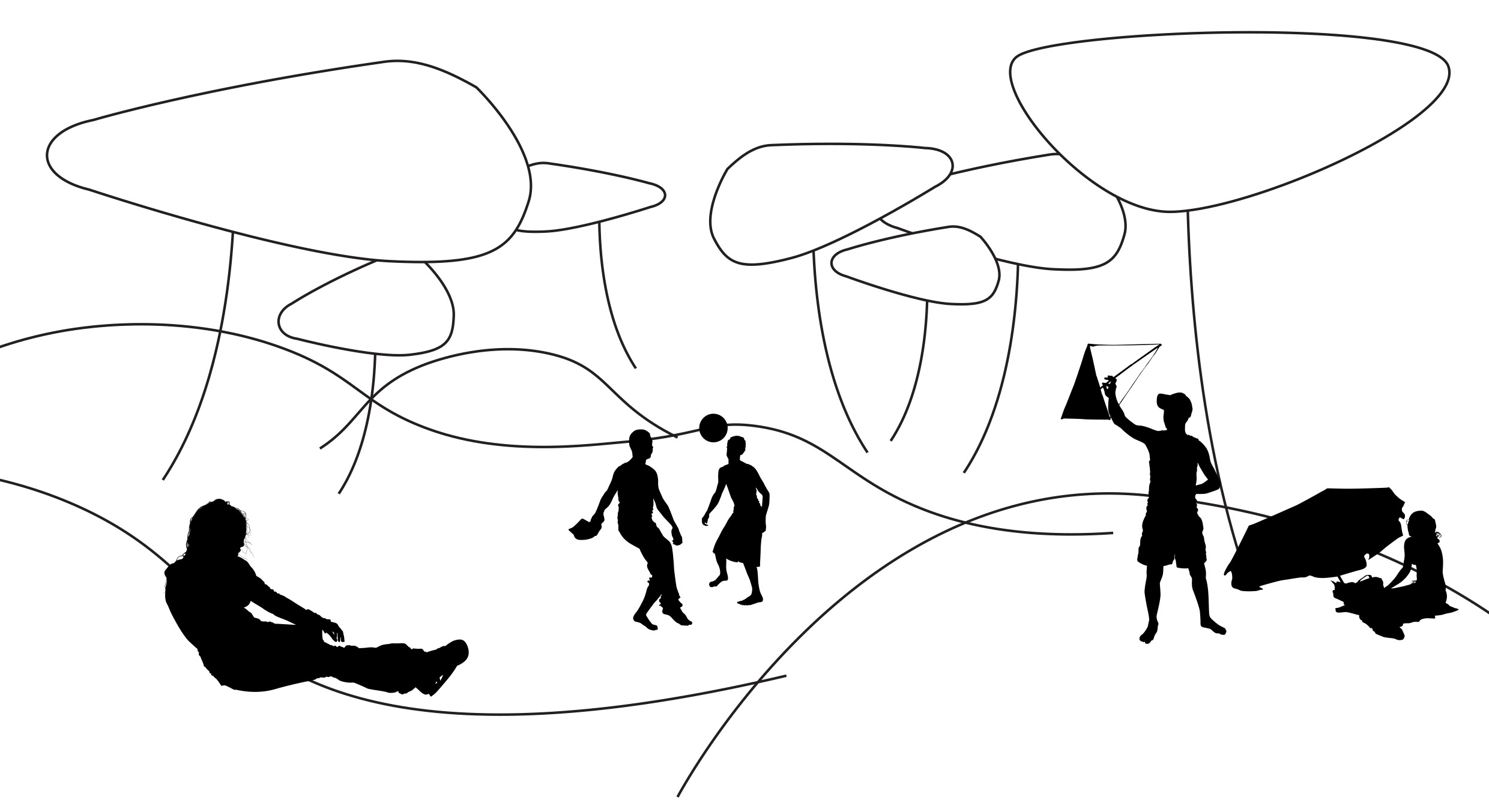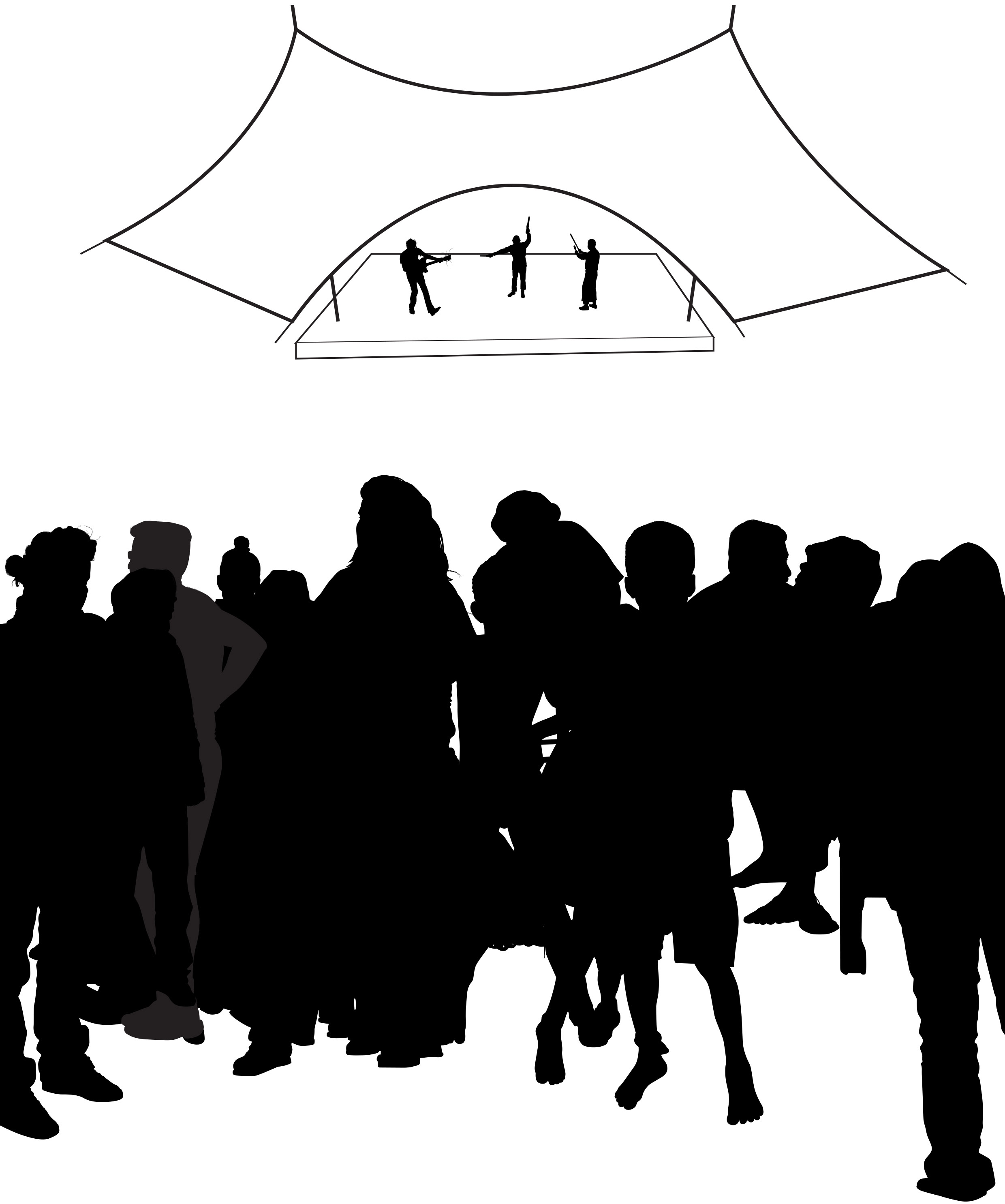Power to the Park
The future of the public park in the U.K.
Late last year, the Landscape Institute NW launched a competition to reimagine the public park of the future. In an age of increasing budget cuts, parks in the U.K are facing never seen before challenges. Funding is at its lowest level and the proud history of public green spaces is at threat as council’s hit by austerity, eye their existing public land for sell-off.
Parks even within London are seeing complete funding shortfalls to the point where Local Authorities have had to move from basic maintenance to considering virtually no-maintenance, where even lawn-mowing may be unsustainable.
At a time when the public understanding of the benefits for green space in urban centres and real desire for proposals like the High Line (New York) are at their highest and green space is seen as valuable and necessary, the threats facing our green infrastructure are serious.
As a challenge to these threats the Landscape Institute launched the ‘Paxton’ Competition. Inspired by the inventiveness of Joseph Paxton – the Victorian landscape architect of Chatsworth Estate and designer of the famed Crystal Palace, the brief urged designers to creative means of saving our parks by looking to the high point of the U.K’s public space movement; the Victorian age. This was the age of the public park and the reason for London’s high proportion of green space, whereby public parks funded by benefactors, the government and the crown became utopias amongst the Industrial Age. In the face of extreme density and poverty, public parks became oases of green space, art and culture. The Victorians with their belief in the physical, mental and ethical benefits of nature foresaw much of what we are now coming to understand is true of green space. And their foresight has equipped urban London with one of the greatest areas of green space in a modern city.Sadly with cuts in funding to many of these parks; the quality of space, especially those not in the remit of the Royal Parks movement are going to be hit.
So at HLM we assembled a team, driving it at various stages was myself, and two other colleagues; Emma Reed and Aimee Felstesd. The ambitious competition brief called for parks that matched the inventiveness of yester-year for the future.
We began by brainstorming; imagining what Paxton would design today. Biomimicry was essential, as was scale. Visiting Chatsworth; its fascinating to see the way Paxton almost created a theme park style parkland in his the rock gardens through using planting that is disproportionately large in comparison to human scale. We began considering by also considering his sculptural and artistic methods. He was an incredible engineer and used his understandings of the structural ribs in plants to inform the structure of what became the largest glass house in the world; utilising modular prefabricated design with steel and glass and the same principles. These same qualities went into his design of the Crystal Palace and this truly visionary way of marrying biomimicry with pre-fabrication created the stunning form of the building.
Having attended a series of lectures by the LI and the Parks Association, I already knew that the challenge facing parks in the U.K was fairly significant, and that alternative funding models are now an unfortunate necessity. In an odd way through conservative austerity we’re seeing a return to the funding models of the Victorian era; where wealthy benefactors will be necessary to fund many social endeavours (parks included). In some parks such as Hyde Park, the park itself provides private events through concerts, the issue here is that the more private events are held the more the distinction between a ‘public’ and a ‘private park’ becomes blurred. Instead of championing this method alone, we looked to the U.S where business rates have been collected in some cities to pay for the public realm. By enhancing their surroundings businesses see a return on their investment through increased footfall and visitors. In many cases like this, endeavours to upgrade the public realm have both social and economic benefits.
Finally a site needed to be chosen. Vauxhall Pleasure Gardens was once a famed destination and a central attraction of London. For 200 years it provided pleasure (sometimes illicit) to any one that could pay the entrance fee. It was both night-time and a daytime escape for Londoners and visitors alike, and could be lit by 1000s of lamps providing ambience, food, entertainment and perhaps most importantly the opportunity for people to watch and to be watched.
To the South, Vauxhall Park is the epitome of a Victorian Park, opened in 1890 by the Prince of Wales and given to the public. Both parks today are charming with active friends groups but in dense city like London, should be of a greater quality and with more maintenance. This can only come about through greater funding and mixed funding models.
At the same time Vauxhall will soon be a part of the soon-to-be skyscraper city of Nine Elms. Our proposal is a futuristic steam-punk vision of the public park.
As we’ve said on the website:
“The ‘Pleasure Gardens’ to the north of the park offer a platform for the existing green infrastructure to incorporate renewable energy sources, including ‘umbellifer’ shaped solar panel canopies and floating, high-performance wind turbines that can make use of faster wind speeds at higher altitudes. The helium filled rigs are installed with lightweight wind turbines and perform as pop up power stations, providing enough energy to power 15 homes as well as telecommunication transmitters.
To balance the vibrancy and intensity of the Pleasure Gardens, Vauxhall Park to the south would be a destination for respite, relaxation and recreational activities with special ‘downtime’ zones for reading and mobile working supported by wireless technology. The space captures the human need for restoration through contact with nature, with winding paths through gardens that radiate around a large, centralised green space. The scheme cleverly proposes increasing the park, green space and planting in the area by expanding and linking the two parks; adding to the green infrastructure of Vauxhall and Nine Elms. A linear urban plaza would link the two parks along a pedestrianised public realm, providing commercial and investment opportunities for a variety of mixed uses under the existing railway arches and would be key to integrating the spaces and providing long-term revenue.
Designing the park as a day and night time destination was fundamental to opening up opportunities for the public to visit at any given time and enjoy live entertainment such as concerts, cinema, theatre and exhibitions, which would be facilitated by energy from sustainable sources within the park.” – http://www.hlmarchitects.com/news/hlm-winning-exhibit-redefines-role-public-park.html

Vauxhall Pleasure Gardens at night and the 3D plan of the scheme

Floating wind turbines - 'powering the park'

New technologies in the reactivated railway arches

Innovations in ecology and an exhibition space for spectacular horticulture


Umbellifers - sources of renewable energy that merge biomimicry with functionality, - designed across university disciplines in engineering and design

Mounded forms and biomimetic canopies for lounging and remote working

Utilising parks day and night as concert spaces is key to their viability

Woodland stages and intimate night time events


The Pleasure Garden's as they once were

